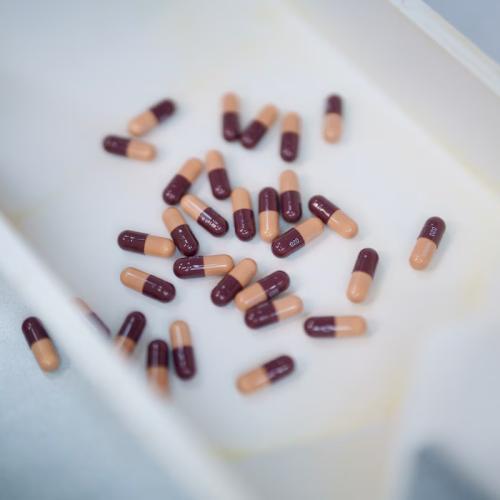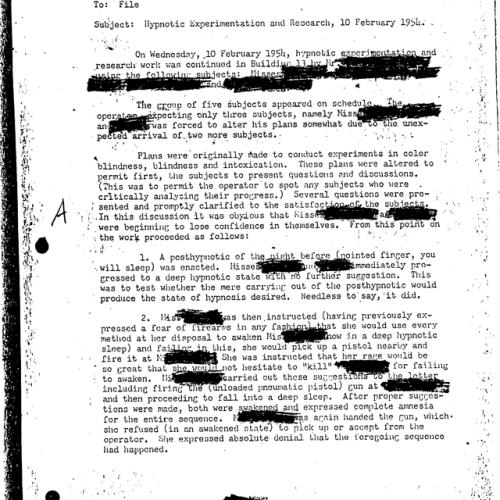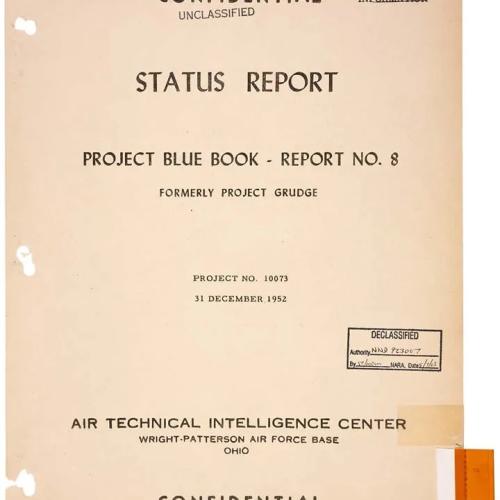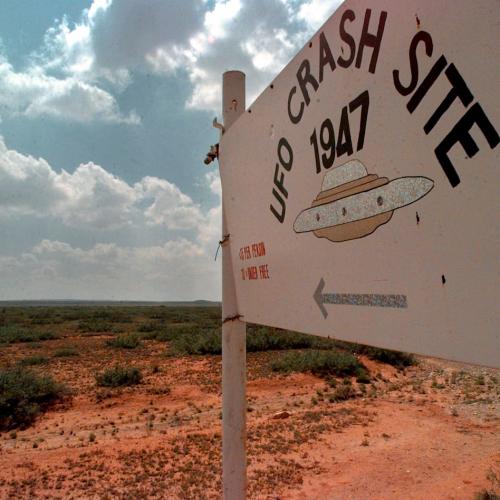Related Stories
From eyesore to asset: How a smelly seaweed could fuel cars
Key Excerpts from Article on Website of BBC News

Posted: December 16th, 2024
https://www.bbc.com/news/articles/czr71vpz4ypo
When large swathes of invasive seaweed started washing up on Caribbean beaches in 2011, local residents were perplexed. Soon, mounds of unsightly sargassum – carried by currents from the Sargasso Sea and linked to climate change – were carpeting the region’s prized coastlines, repelling holidaymakers with the pungent stench emitted as it rots. Now, a pioneering group of Caribbean scientists and environmentalists hope to turn the tide on the problem by transforming the troublesome algae into a lucrative biofuel. They recently launched one of the world’s first vehicles powered by bio-compressed natural gas. The innovative fuel source created at the University of the West Indies (UWI) in Barbados also uses wastewater from local rum distilleries, and dung from the island’s indigenous blackbelly sheep which provides the vital anaerobic bacteria. The team says any car can be converted to run on the gas via a simple and affordable four-hour installation process, using an easily available kit, at a total cost of around $2,500 (£1,940). “Tourism has suffered a lot from the seaweed; hotels have been spending millions on tackling it. It’s caused a crisis,” Dr Henry, a renewable energy expert and UWI lecturer, [said]. The idea that it could have a valuable purpose was suggested by one of her students, Brittney McKenzie, who had observed the volume of trucks being deployed to transport sargassum from Barbados’ beaches.
Note: Explore more positive stories like this on technology for good.
Related Stories
Top Inspiring News Articles
Top Inspiring News Articles from Years Past

























































































